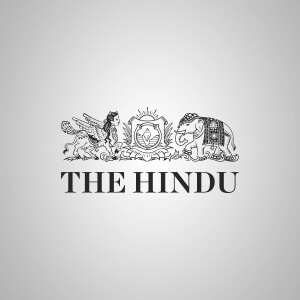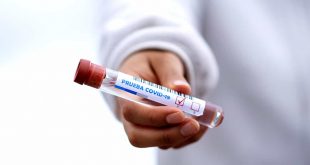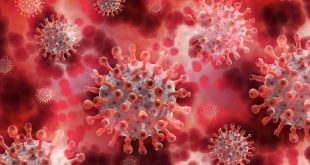Kerala’s steps on the virus are easy to follow, but its success rate is difficult to repeat
With containment strategies in place even before the first case of novel coronavirus was detected on January 30, Kerala appears to have finally hammered the curve flat. On May 1, for the first time, the State reported zero new cases, and again on two consecutive days — May 3 and May 4. Zero fresh cases on three days in May appear to be more than a blip. If in April there were early signs of Kerala gaining an upper hand over the virus, its control became clear from the fourth week of April. Since April 22, except on four days, the number of new cases reported has remained either the same or fewer than the number of recoveries. The small number of cases reported so far — 499 — demonstrates how excellent its containment efforts have been. What is more remarkable is that 462 of those infected have fully recovered, including an elderly couple, aged 93 and 88 years, and there have been just three deaths — a case fatality rate of 0.6% against the national average of 3.3%. The containment success can be traced back to how Kerala did not wait for directions from the Centre but instead led from the front. When the number of cases increased to 12 on March 10, a day before WHO declared the coronavirus a pandemic, Kerala shut down all educational institutions and entertainment centres, banned large gatherings and appealed to people to avoid visiting religious places. If it realised the merits of containing virus transmission by quickly tracing all the contacts during the 2018 Nipah outbreak, it repeated that to perfection this time. Little wonder that on May 2, the ICMR lauded the State for the “unparalleled” containment and testing strategies and referred to it as the “Kerala model”. But under no circumstances can the State lower its guard as the outbreak can resurge by exploiting the weakest link, as was seen in the sharp spike in Singapore, in dormitories.
Kerala has very good health-care infrastructure in place, down to the primary health-care centres. But what sets it apart from the other States is the manner in which it followed textbook epidemiology protocols to the tee, and beyond, and well before the ICMR advocated them, as well as the entire health-care infrastructure working in tandem despite being decentralised. Political leadership, and the close and complete involvement of the government at all levels with the bureaucracy and local community have been a huge advantage. The very different health-seeking behaviour and high literacy too have played a pivotal role in the war against the virus. While active involvement of all the stakeholders who complement each other especially during the crisis has worked in Kerala’s favour, these are not measures put in place to fight coronavirus but what has been a legacy of the State. It is a success born out of decades-old social revolution and development. This is also the reason why other States, even if they emulate the measures adopted by Kerala to fight the virus, may not be able to achieve the same level of success.
 The Argus Report Read about it!
The Argus Report Read about it!





